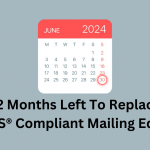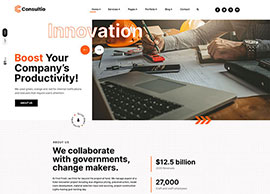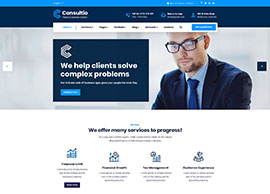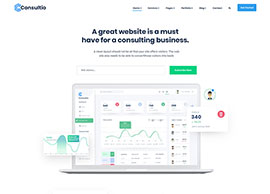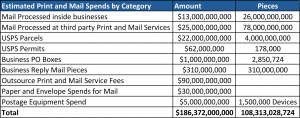
Most companies are overspending on print and mail and in this article, we will give you 10 questions to answer that will prove it. We estimate that organizations are spending a combined $186 billion on mailing expenses each year with limited expertise, controls, or processes, leading to huge opportunities for savings and efficiency. Very few companies have mail experts, and those that do, focus on the main production spends and not at all the mail supporting the rest of the organization. Most large mail runs are being moved to Outsource Print and Mail services and managed by single departments around their specific projects (Vs. across the enterprise). All of this leads to one of the biggest and most overlooked categories ripe for savings.
How did this happen?
Here are the main reasons these problems exist:
- Knowledge Gap – There are fewer mail experts than there were 10 to 20 years ago, and an organization may have little to no expertise on staff. Many retired and young generations are not driven to the category. Also, mail has gotten more complex requiring a higher skill set to manage the data, optimize USPS® rules, and implement solutions around software and service providers. When you go to postal shows and seminars, they are a skeleton of what they once were. Also, fewer people are getting mail industry certifications.
- Ownership Gap – Where you do have people that understand mail, they are usually managing a specific project (Example: Billing). This is not all the mail sent by that organization which needs to hope they have experts in other departments generating mail. Most will not have a high level of expertise at a corporate level controlling all enterprise print and mail spending.
- Visibility Gap – Data on print and mail is cumbersome to collect, in varying formats and most will not have any central repository to store and analyze information. Even if there was expertise, without the proper data, good decision making cannot occur.
- Benchmarking Gap – Even if all the items above are in place, is there access to what the best in class are doing, paying, and driving for?
We developed 10 questions you can ask yourself about your organization’s mail to see if these problems exist.

How this can be fixed?
There are huge opportunities for cost reductions and efficiencies that can be solved and lead to 10-60% savings. We are going to share the processes we implement with our clients to fix these issues that you can do on your own.
- Assign a person to have responsibility for print and mail spends across the enterprise. This person should have some analytical skills to manage the data.
- Make sure this person is trained in postal rules. We recommend at least a basic mail certification that they should be able to get within a couple of months to ensure they know the basics of mail categories, resources, and savings available.
- Collect the needed data – This is the most important step as you need visibility to all mail spends.
- Mail Equipment and Postage – Go to your mailing vendors and ask for reports on the equipment and agreements. Go to accounts payable and pull invoices from your mailing vendors. Link this information onto the mail vendor websites and pull in invoices, postage spends, and contract details. Find the non-metered USPS purchases to measure trips to the USPS. This may be on P-Cards or expense reports. Update this information quarterly.
- USPS Accounts – Using the same accounts payable reports, look for all the payments to support direct USPS accounts. Pull those invoice copies to get more specific details about the locations and types of accounts. Create a login on the USPS Customer Gateway and link each of these accounts to have visibility to the usage, spends, renewals and account structures. Export the transaction details at least quarterly.
- Outsource Print and Mail – Survey your largest departments to see who they are using for outside service providers. Get copies of their contracts and pull the invoice history for the past 6-12 months as some projects may be seasonal. Break down the charges by material, print, production, data processing and postage so you can compare the fees across vendors and projects. Update this data quarterly.
- Create a central repository to manage this data. We have developed a web platform to hold all this data, but you could do this with a spreadsheet with multiple tabs. The key is to standardize the projects by categories to be able to see trends and measure the expenses.
- Identify the largest savings areas that require immediate attention and then work down to smaller areas once solved.
- Work with the stakeholders of the savings area mail to make sure they are aligned with any needed changes.
- Implement the required changes.
- Measure the savings and monitor its future success.
- Stay involved in the mail industry to find future best practices.
- Continually look for new print and mail streams that evaded previous visibility.
The media is always focusing on huge mail declines, but costs are increasing. The USPS has increased rates 23-56% over the past 30 months and we are expecting another 7% increase in July. Mail equipment and service provider fees keep going up and actual volume declines for the largest volume mail segments are typically very small. Companies more than ever need to understand their costs and find ways to create savings if nothing else but to minimize these inevitable increases. The only way to do this is by having the right expertise, visibility, and controls in place. Since this has not been done in most organizations, it is one of the largest spending areas with the greatest opportunity for savings.



